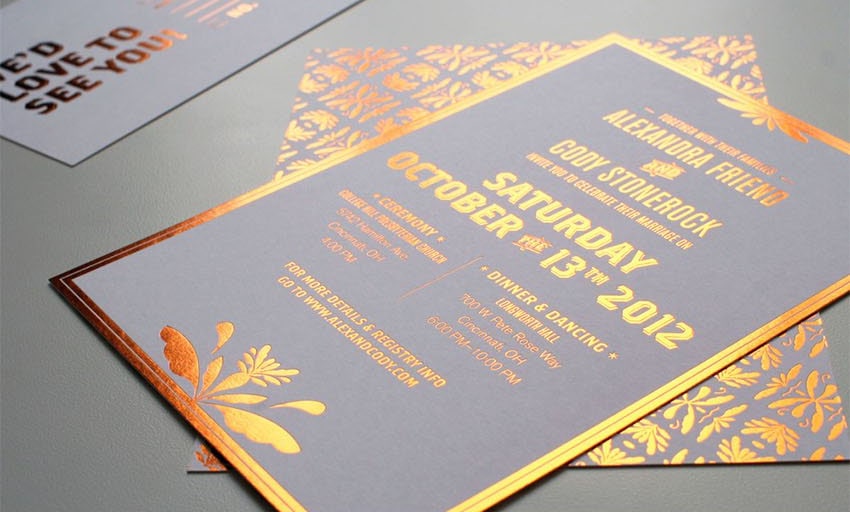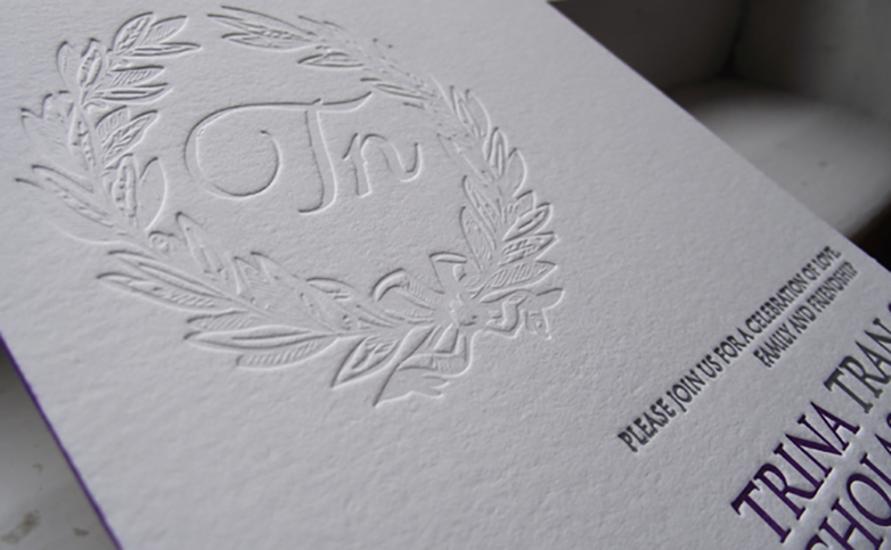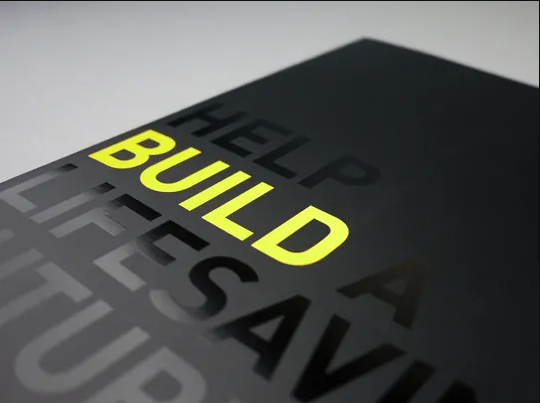7503812987784706a4278fffcba2333e.jpg?sfvrsn=7d7bc611_0)
Sep 7, 2023
What if you could create stronger connections through your printed products? Standing out and creating memorable experiences are essential to marketing success and customer engagement. Thanks to the latest developments in digital printing, your designs can now go beyond just a pop of color to a full sensory experience. Foil stamping, die-cutting, embossing, and specialty coatings have become available for short-run, customized, and personalized digital printing applications. These upgraded tactile embellishments boost ROI due to the deeper neurological connection haptic enhancements establish between the customer and the product. Read on to find out more why print embellishments are a must-have in today’s marketing environment. To talk to an expert about how print embellishments can help you with your business, reach out to a Milner print expert today.
The ubiquity of screen-based digital media has ironically increased the importance of touch for communication. In contrast to one-dimensional digital ads, printed marketing materials appeal to more senses. A vividly printed piece is not only visible, but you can also touch, feel, and even smell them. The goal of print marketing materials is to create impact, emotion, and a lasting memory. Neuromarketers and academics alike agree that the haptic brain–the part of our brain that is wired to form memories based on touch and other sensory stimuli–helps us retain more when reading from something paper-based than with any other delivery channel.
Many studies show that while it’s certainly more expensive to print with embellishments, it pays off. The cost of embellishment increases with the amount and type of embellishment. For instance, Die cutters or coaters producing super intricate effects may have higher tooling costs, but return on investment comes as run lengths and repeatable forms increase.
Die cutting is a great way to come up with impactful pieces. Digital die cutting machines work by printing something flat and then using dies (metal shapes, words, letters) that can be used to cut images from any material. Print manufacturers typically have a library of prefabricated dies made with a series of wires or strips of metal that produce the specific outcome for which they were made. Customers can choose die forms from this library to customize any print job and often offer these options online for customers to reuse for their own projects. The right die cut printer vendor can help you visualize how you might best use die cut technology to create any project you might envision:
If you can imagine it, it can be printed! While it’s important that only thin materials are used in a die cutting machine, there are a multitude of possible materials:

Want your printed products to give off a touch of luxury? Foiling is the ideal embellishment for this. Foiling involves the bonding of metallic foil to paper through the use of digitally printed images or designs. Foiling can be simulated with metallic ink on digital presses, often as a fifth color. Printing this way gives printers the option of applying a metallic look to variable data - something that's impossible with traditional hot or cold foiling. Foils come in a wide range of dazzling metallic inks and can be used for:


Embossing is the process of pressing a pattern or design into a substrate using an embossing tool. In debossing, the image is depressed into the substrate, creating a concave impression. Inline printing of this effect is now possible on some digital presses, reducing production time and costs. Just about anything that is thin, flat and malleable can be embossed or debossed. This includes paper, plastic film, metal foil, nonwovens, textile fabric, leather and even glass. Creating a kind of 3D look, embossed and debossed printed materials enhance anything from stationary, certifications, packaging, and more.

Various coatings can be applied to different areas of a page. Company logos can be highlighted on folders or report covers, for instance, making the logo reflect more light. When contrasted between a matte background, coated images like this are striking. With coating techniques like glitter, metal sheen, and pearlescent coating, printers can create more tactile effects. Printers can apply UV curable coating fluids in thicknesses that cause coated portions to rise above nearby areas when under UV lamps. Printers can create touchable effects with this technique, such as fish scales, sand, and water drops, that will make pieces memorable for customers.
Building strong relationships with your customers requires creativity and attention to detail that gets results. Materials from brands should stand out, attract attention, and be easily recognizable. While it’s clear that as a high-value differentiator, embellishments create a sensory connection with their audience, it might not be so clear which machines are right for which businesses. That’s where Milner comes in. We don’t just recommend technology and leave it at that. We can help through the whole process from education through execution.
Although embellishments are currently diverse, they are still in the early stages of development. In order to increase the use and affordability of embellishments, manufacturers are continually developing new formulations, applications, and technologies. Milner will always be on top of whatever the newest trend and innovation in printing embellishments is and can help you navigate all its varied complexities. Reach out to us today to find out more.
